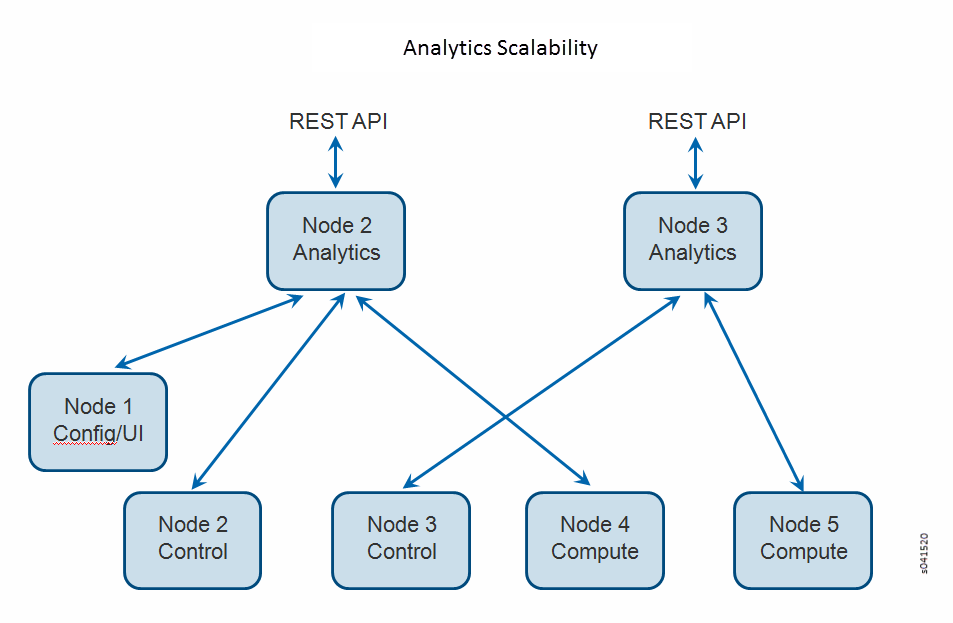- play_arrow Overview
- play_arrow Understanding Contrail
-
- play_arrow Installing and Upgrading Contrail
- play_arrow Server Requirements and Supported Platforms
- play_arrow Installing Contrail and Provisioning Roles
- Introduction to Containerized Contrail Modules
- Introduction to Contrail Microservices Architecture
- Downloading Installation Software
- Overview of contrail-ansible-deployer used in Contrail Command for Installing Contrail with Microservices Architecture
- Installing Contrail with OpenStack and Kolla Ansible
- Configuring the Control Node with BGP
- Contrail Global Controller
- Role and Resource-Based Access Control
- play_arrow Installation and Configuration Scenarios
- play_arrow Upgrading Contrail Software
- play_arrow Backup and Restore Contrail Software
- play_arrow Contrail Command
- play_arrow Multicloud Contrail
- play_arrow Using Contrail with Red Hat
- play_arrow Using Contrail with Juju Charms
-
- play_arrow Configuring Contrail
- play_arrow Configuring Virtual Networks
- Creating Projects in OpenStack for Configuring Tenants in Contrail
- Creating a Virtual Network with Juniper Networks Contrail
- Creating a Virtual Network with OpenStack Contrail
- Creating an Image for a Project in OpenStack Contrail
- Creating a Floating IP Address Pool
- Using Security Groups with Virtual Machines (Instances)
- Support for IPv6 Networks in Contrail
- Configuring EVPN and VXLAN
- play_arrow Example of Deploying a Multi-Tier Web Application Using Contrail
- play_arrow Configuring Services
- play_arrow Configuring Service Chaining
- play_arrow Examples: Configuring Service Chaining
-
Analytics Scalability
The Contrail monitoring and analytics services (collector role) collect and store data generated by various system components and provide the data to the Contrail interface by means of representational state transfer (REST) application program interface (API) queries.
The Contrail components are horizontally scalable to ensure consistent performance as the system grows. Scalability is provided for the generator components (control and compute roles) and for the REST API users (webui role).
This section provides a brief description of the recommended configuration of analytics in Contrail to achieve horizontal scalability.
The following is the recommended locations for the various component roles of the Contrail system for a 5-node configuration.
Node 1 —config role, web-ui role
Node 2 —control role, analytics role, database role
Node 3 —control role, analytics role, database role
Node 4 —compute role
Node 5 —compute role
Figure 1 illustrates scalable connections for analytics in a 5-node system, with the nodes configured for roles as recommended above. The analytics load is distributed between the two analytics nodes. This configuration can be extended to any number of analytics nodes.

The analytics nodes collect and store data and provide this data through various REST API queries. Scalability is provided for the control nodes, the compute nodes, and the REST API users, with the API output displayed in the Contrail user interface. As the number of control and compute nodes increase in the system, the analytics nodes can also be increased.





















